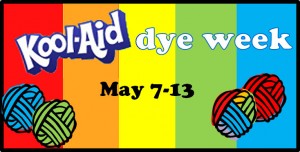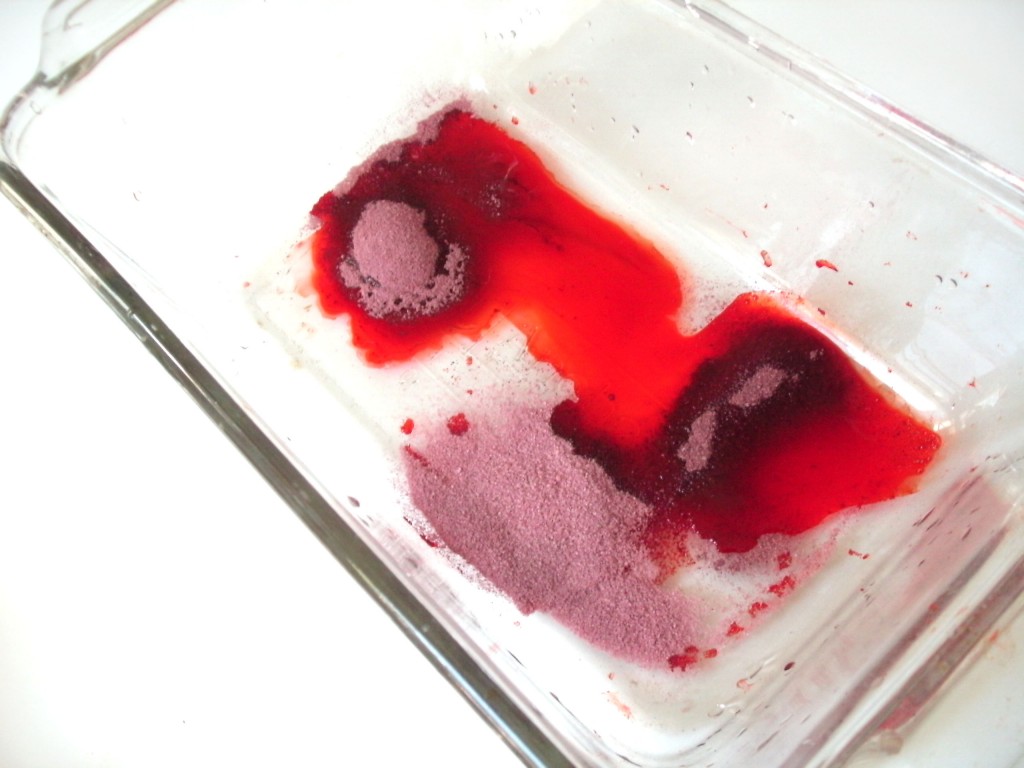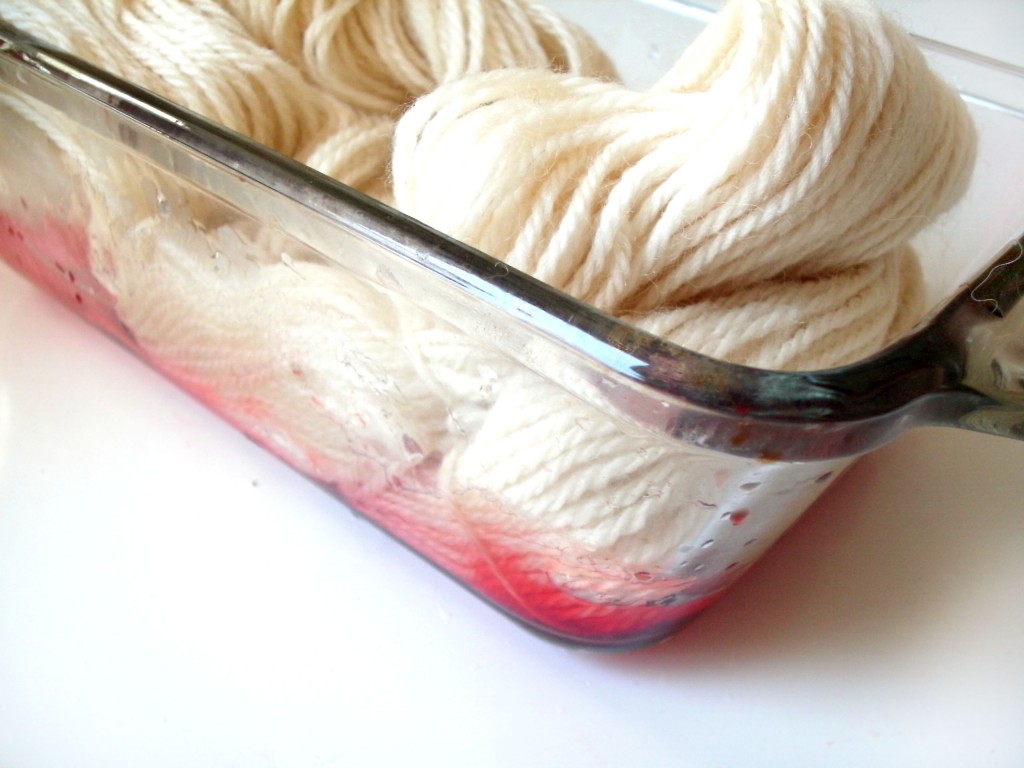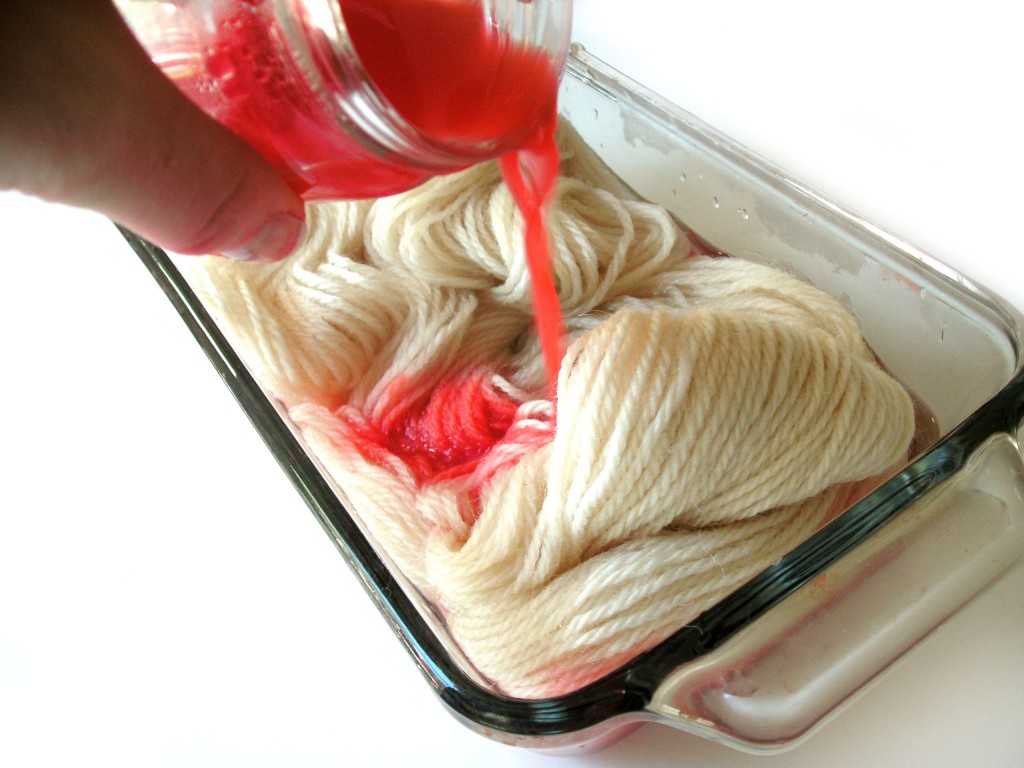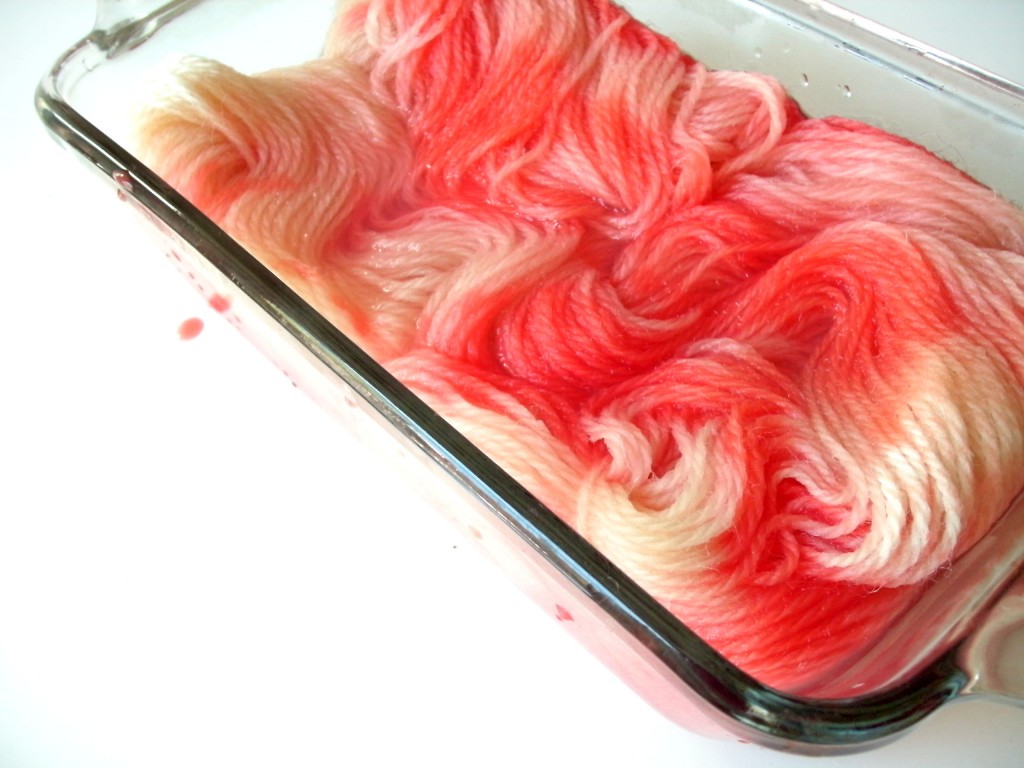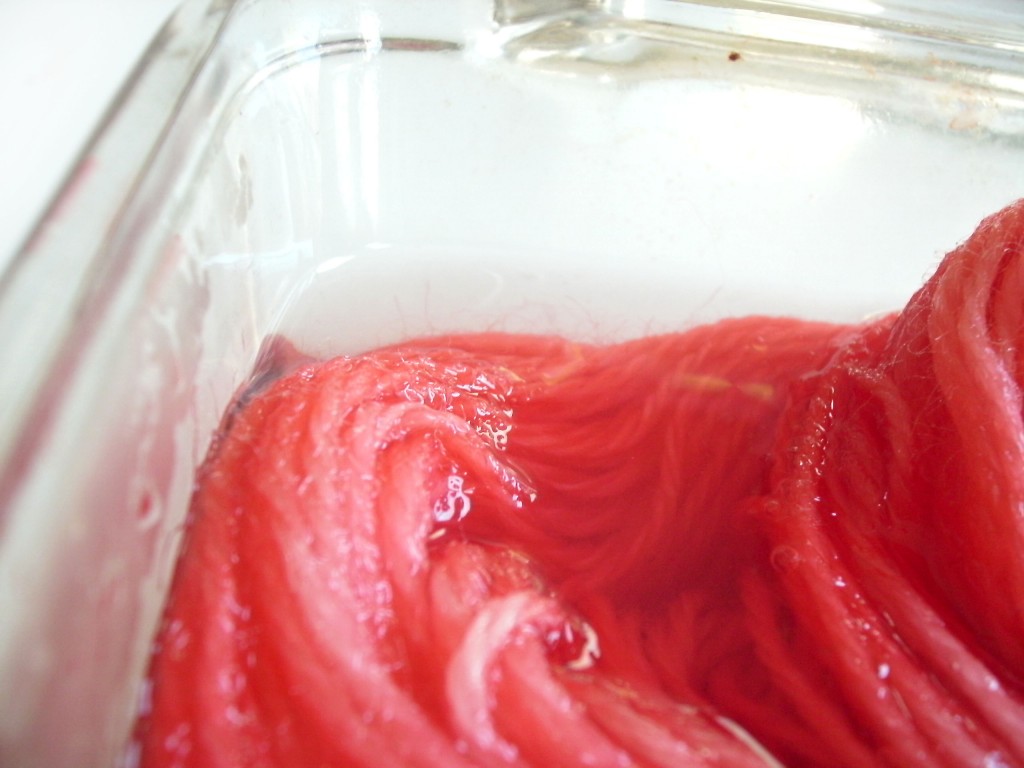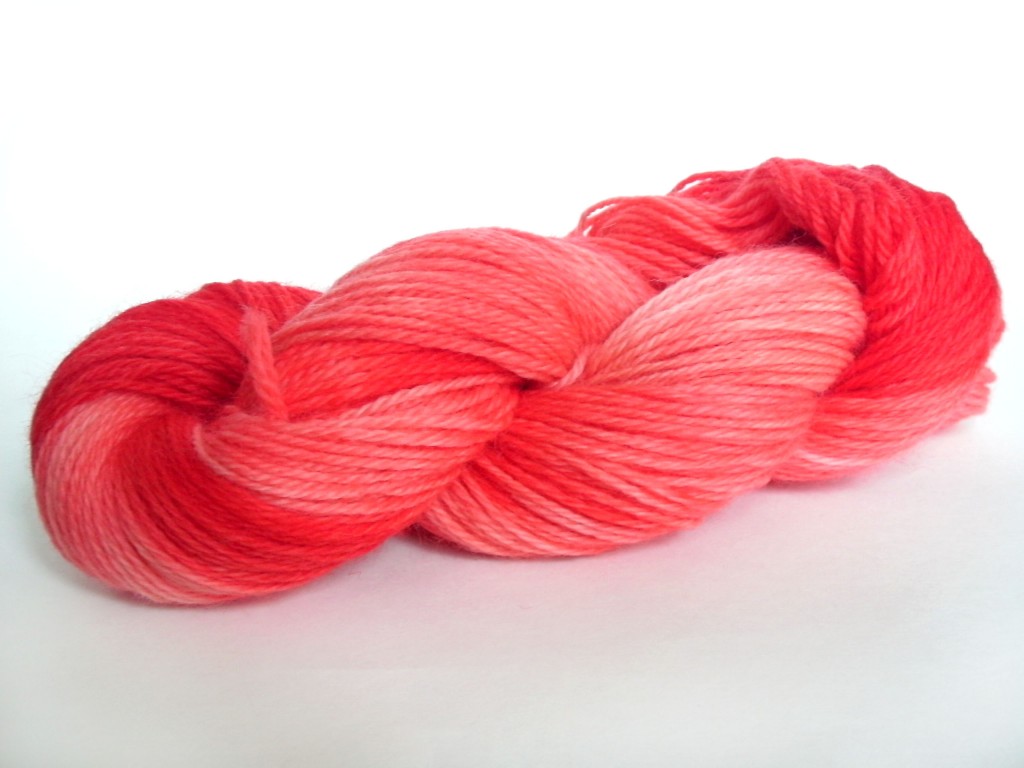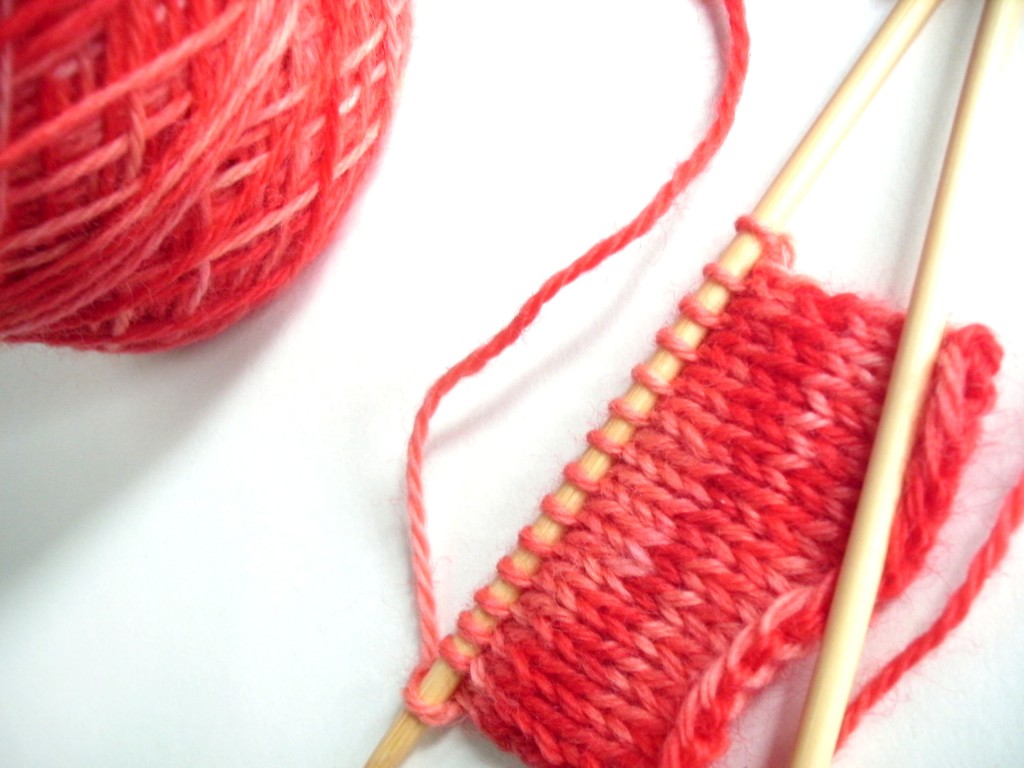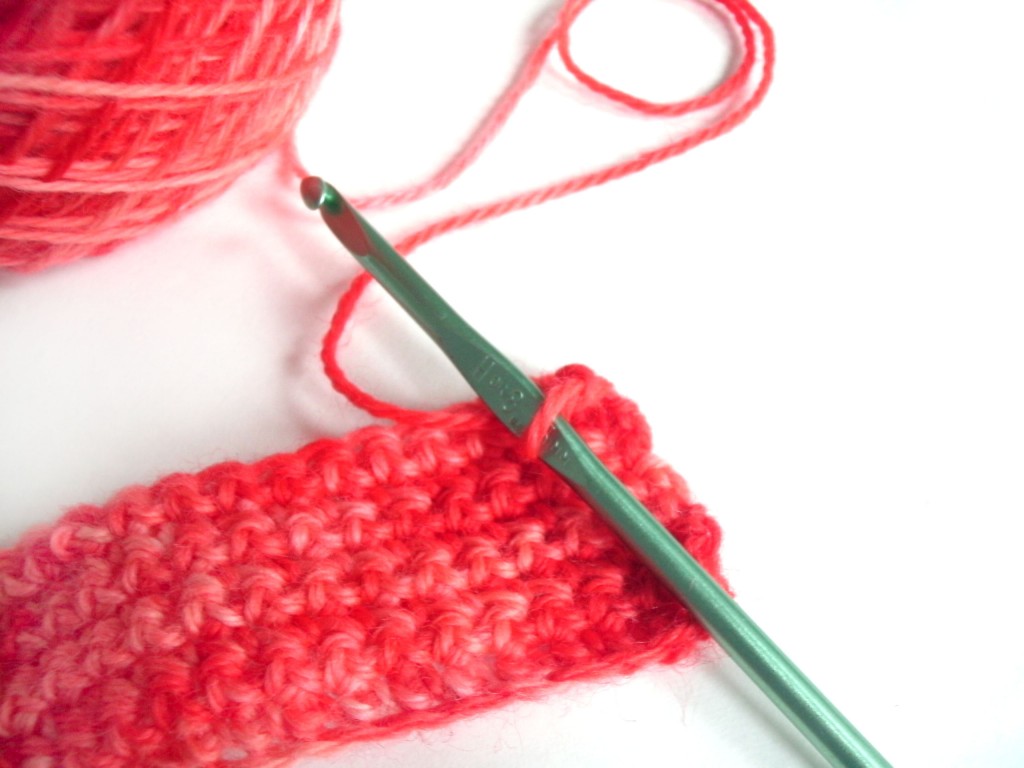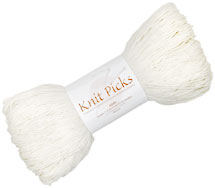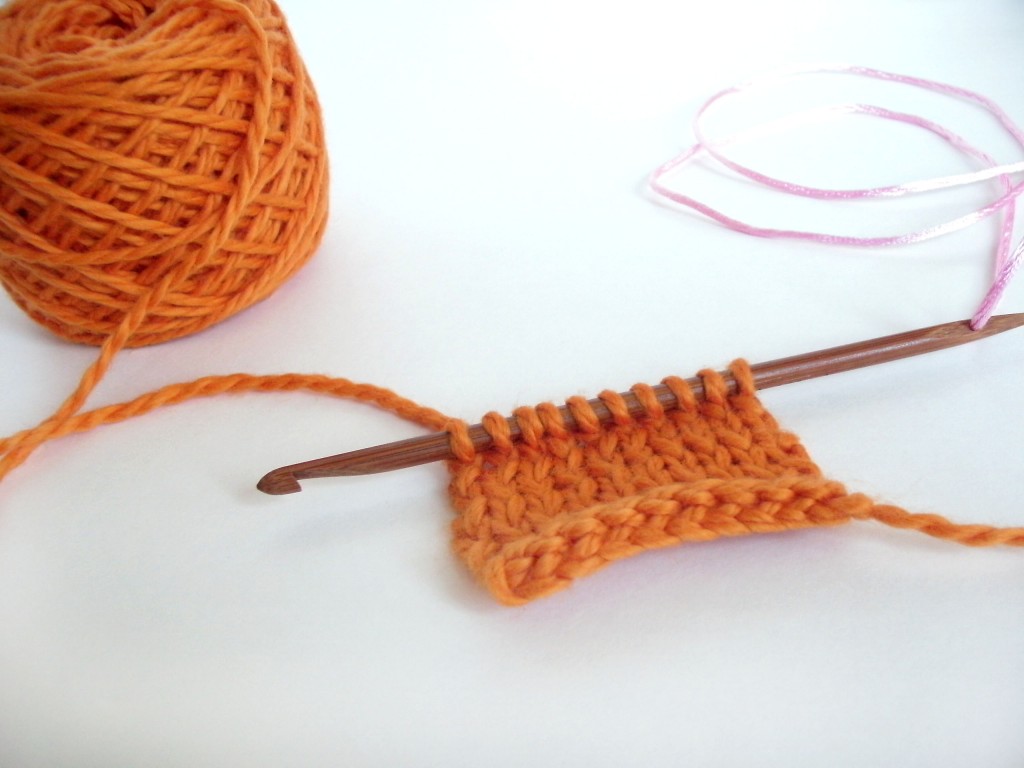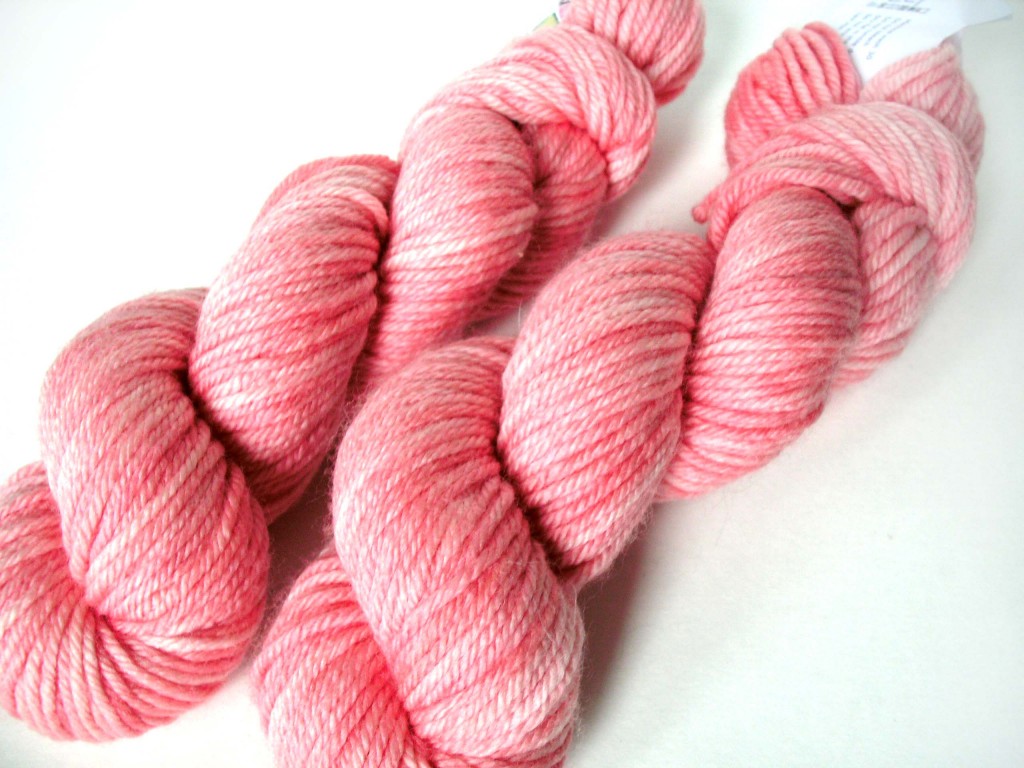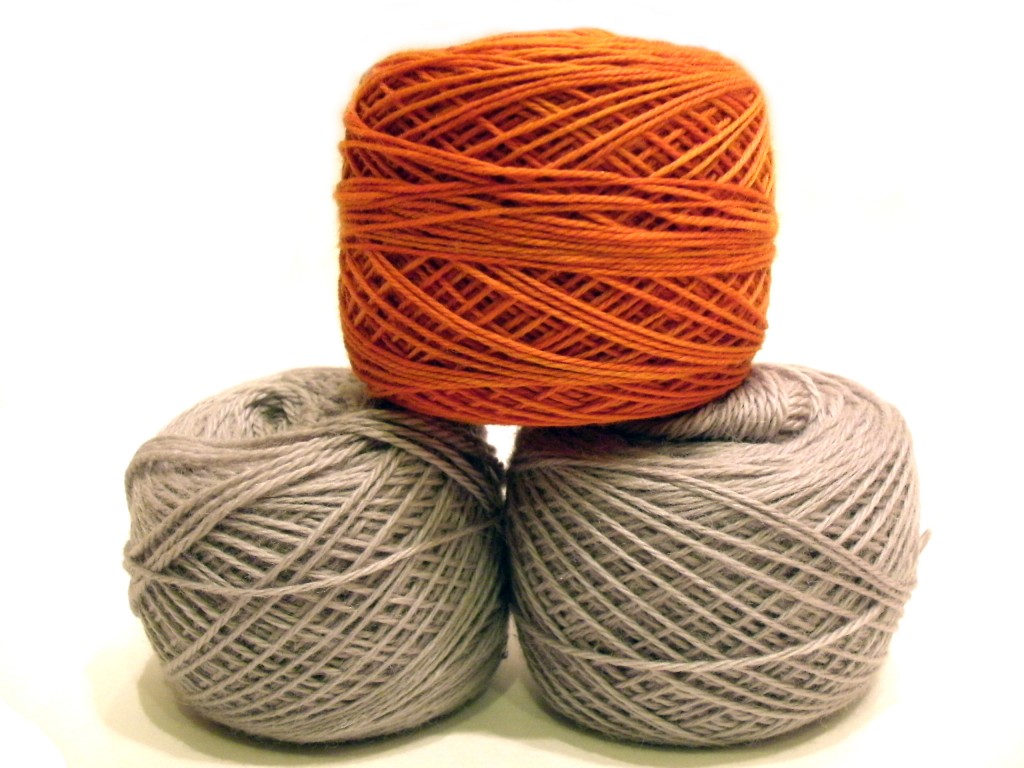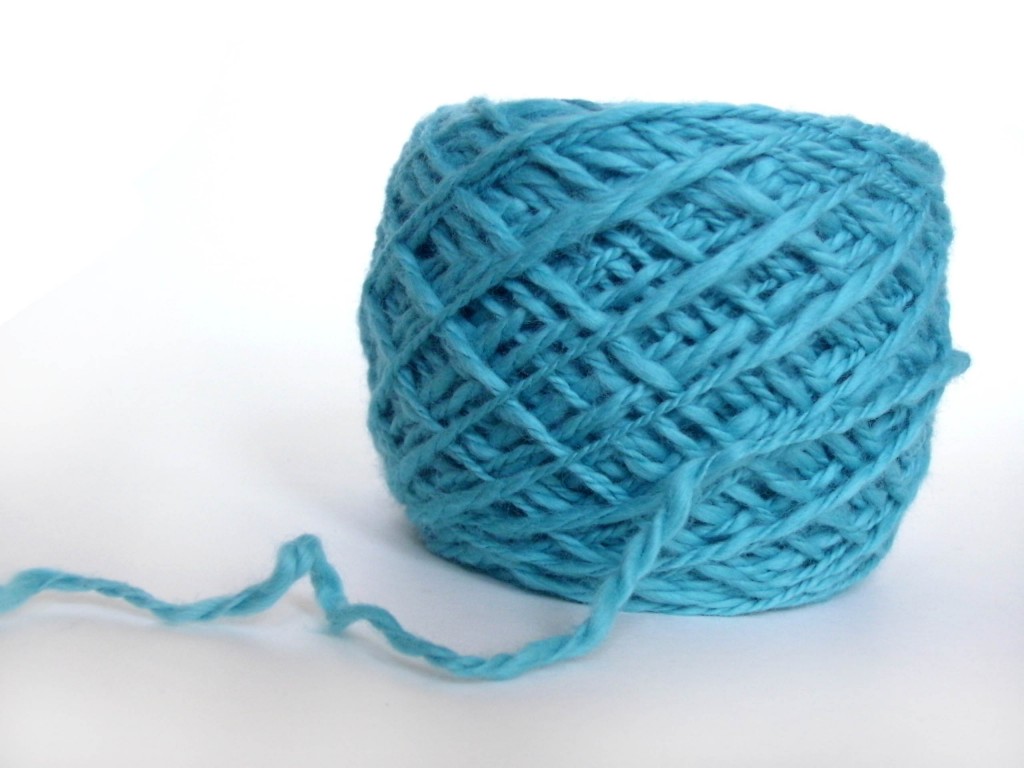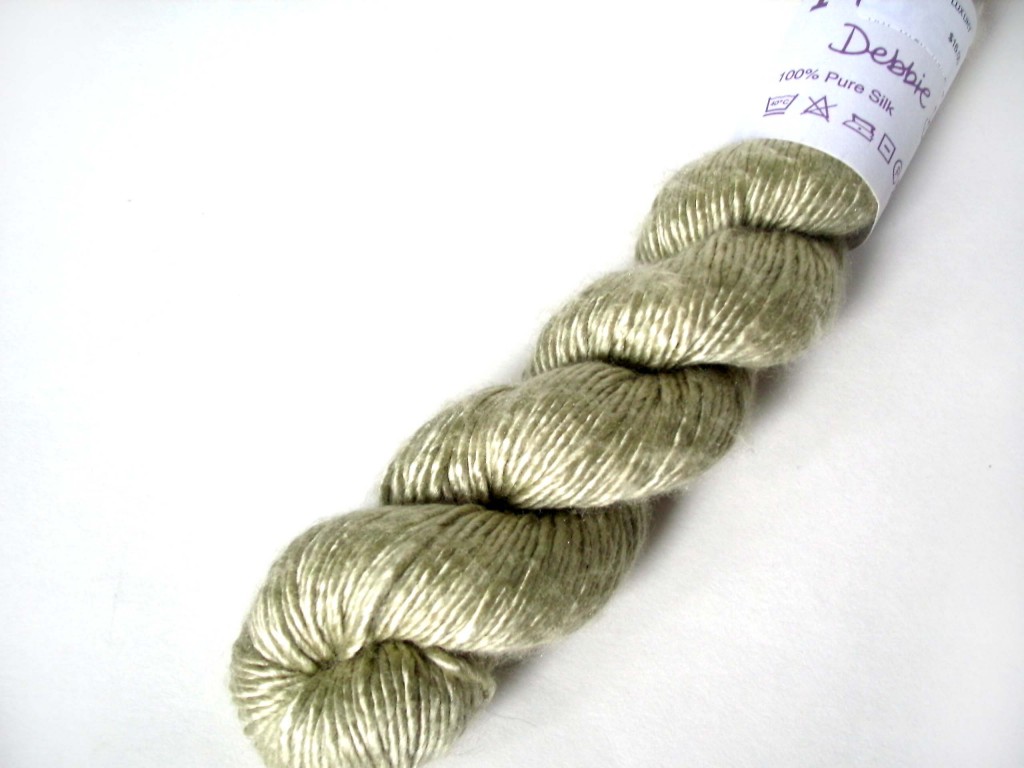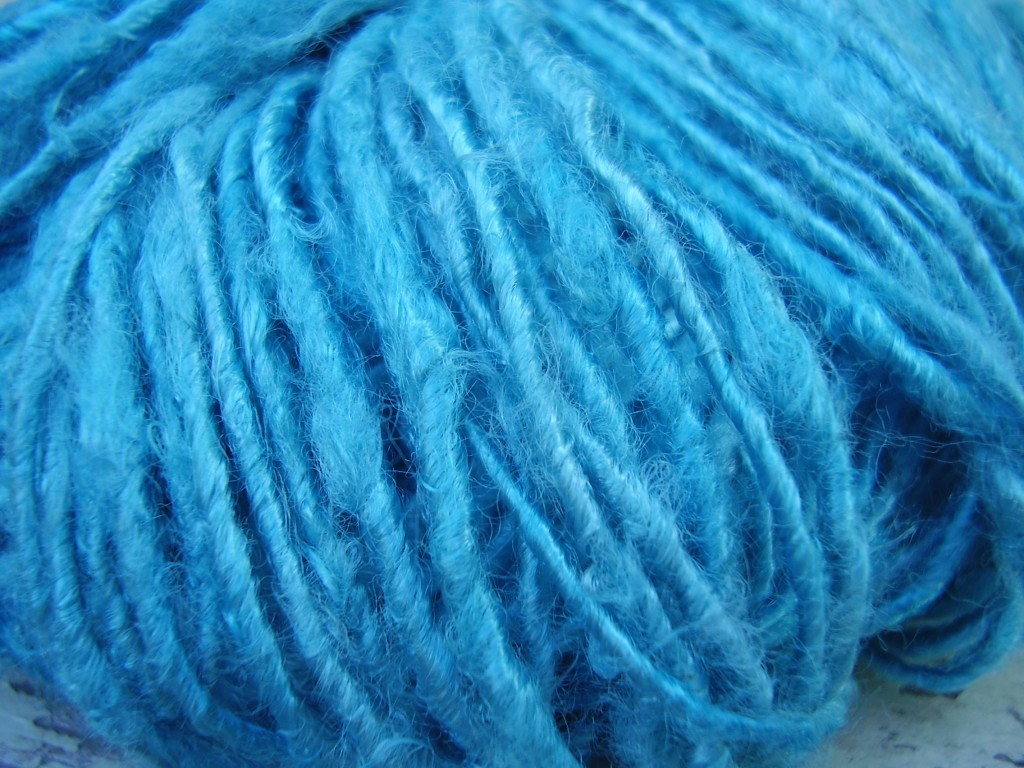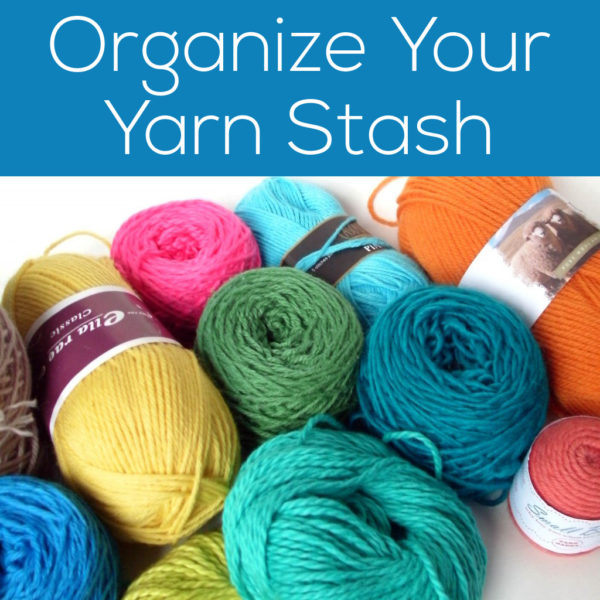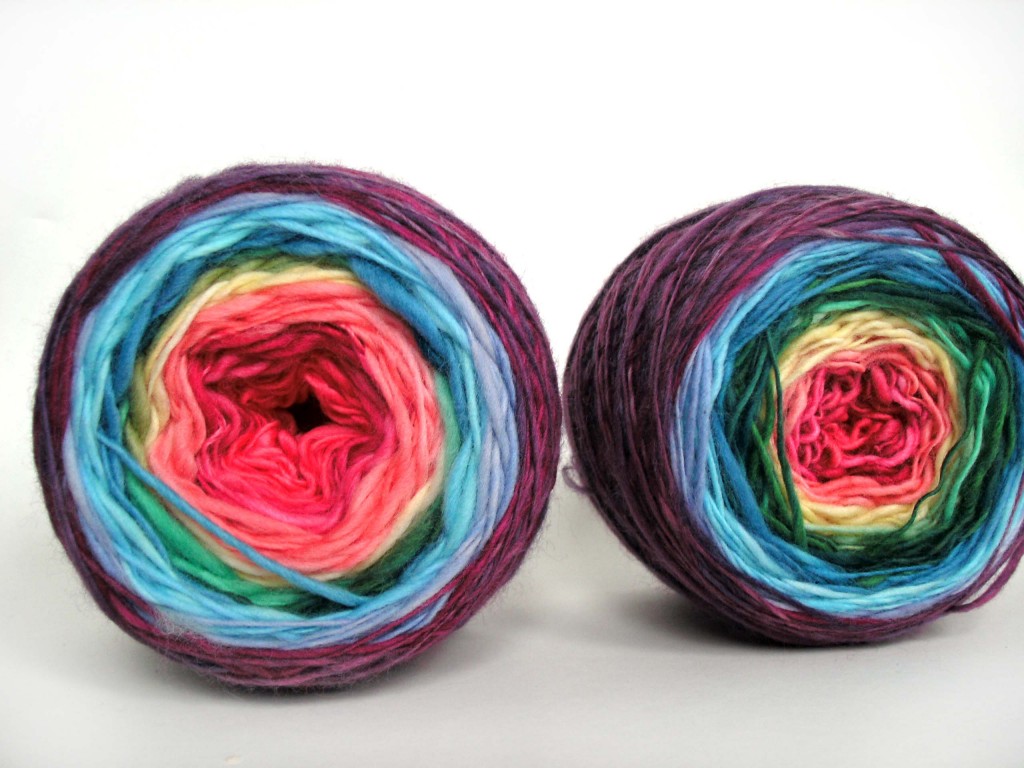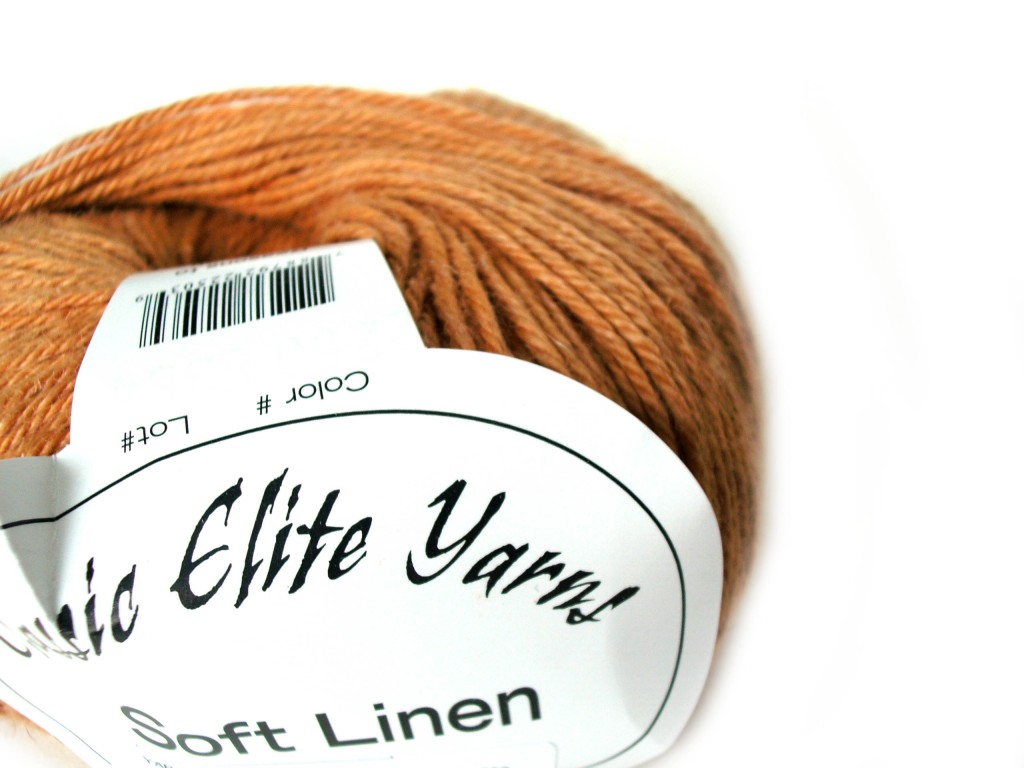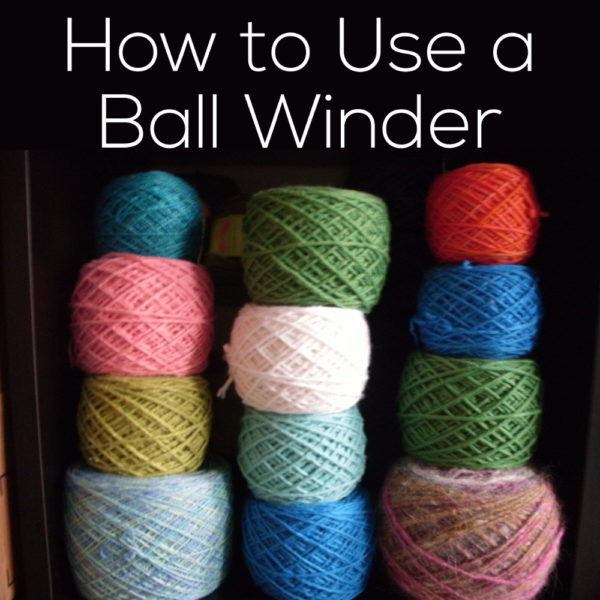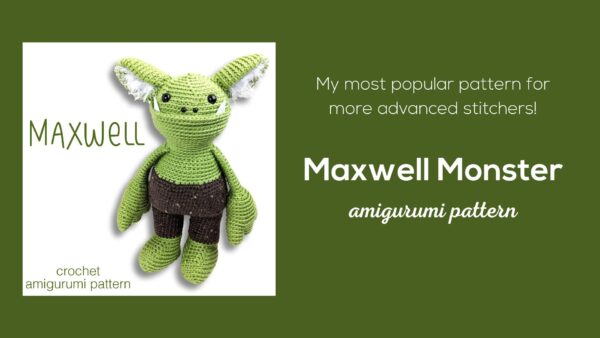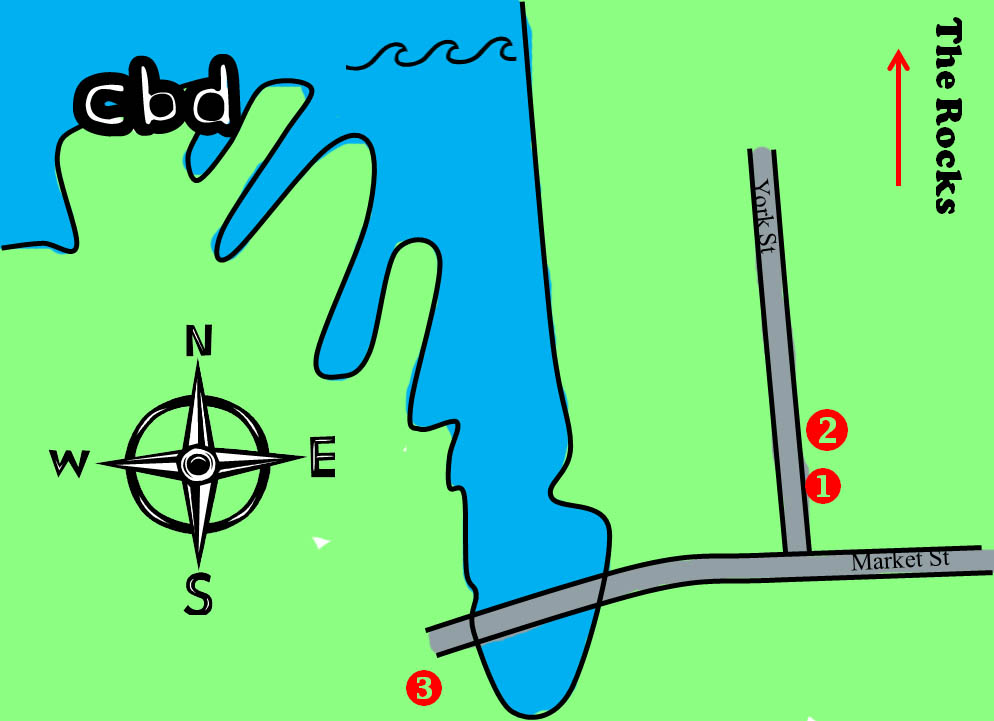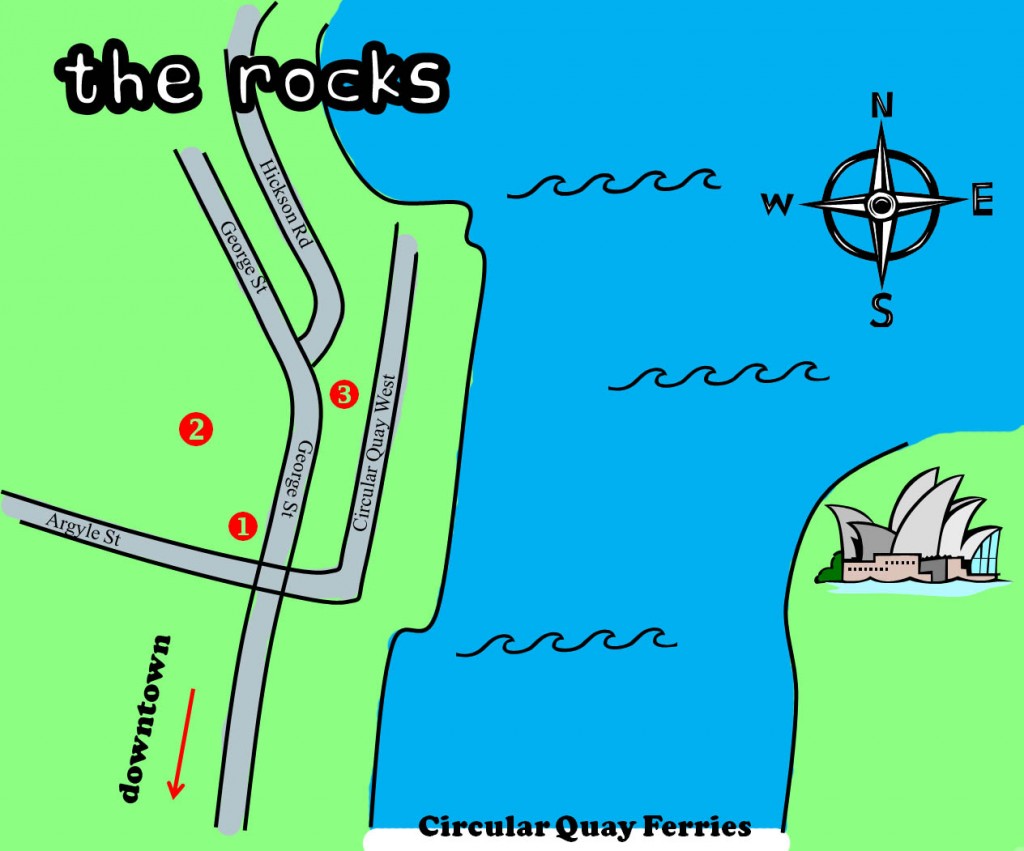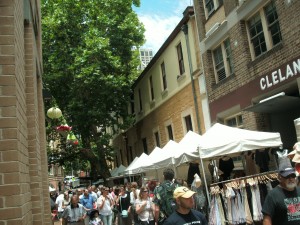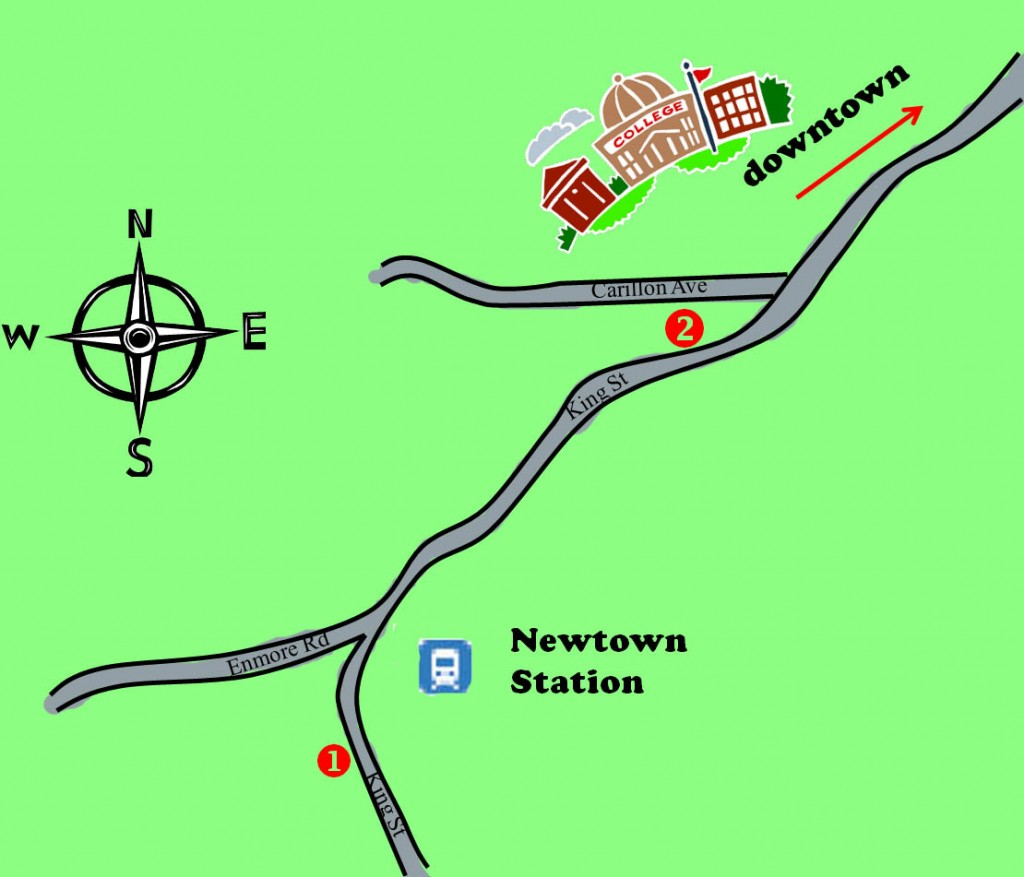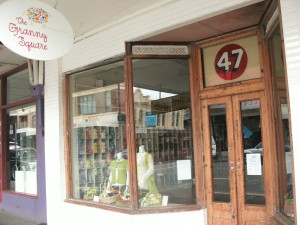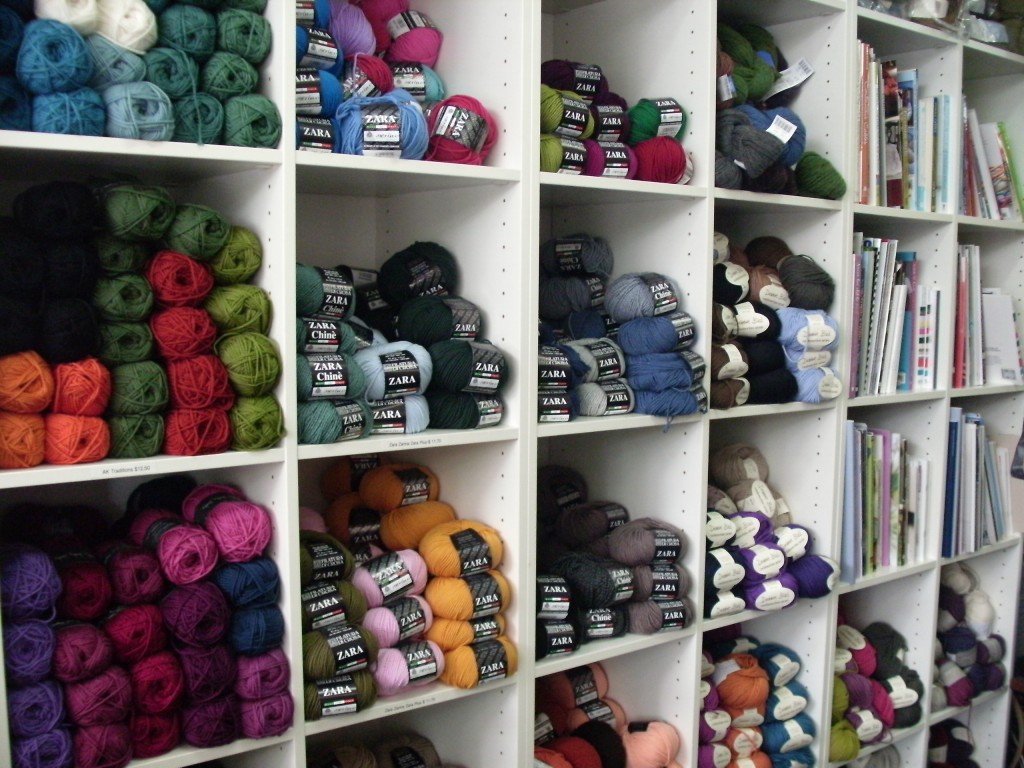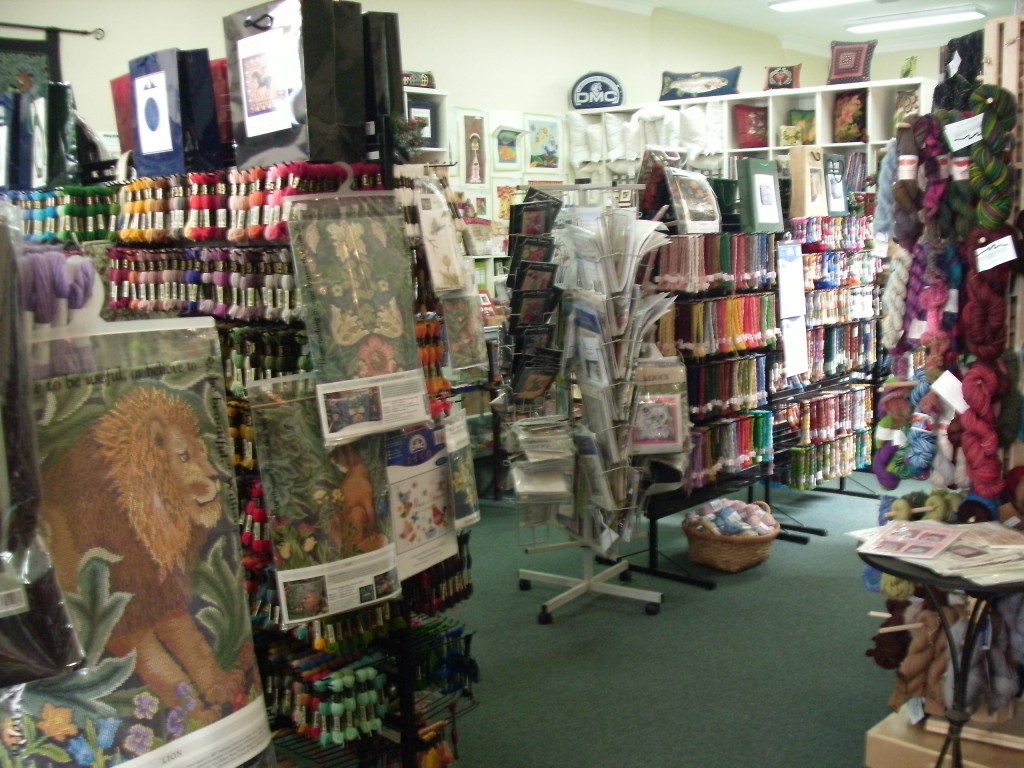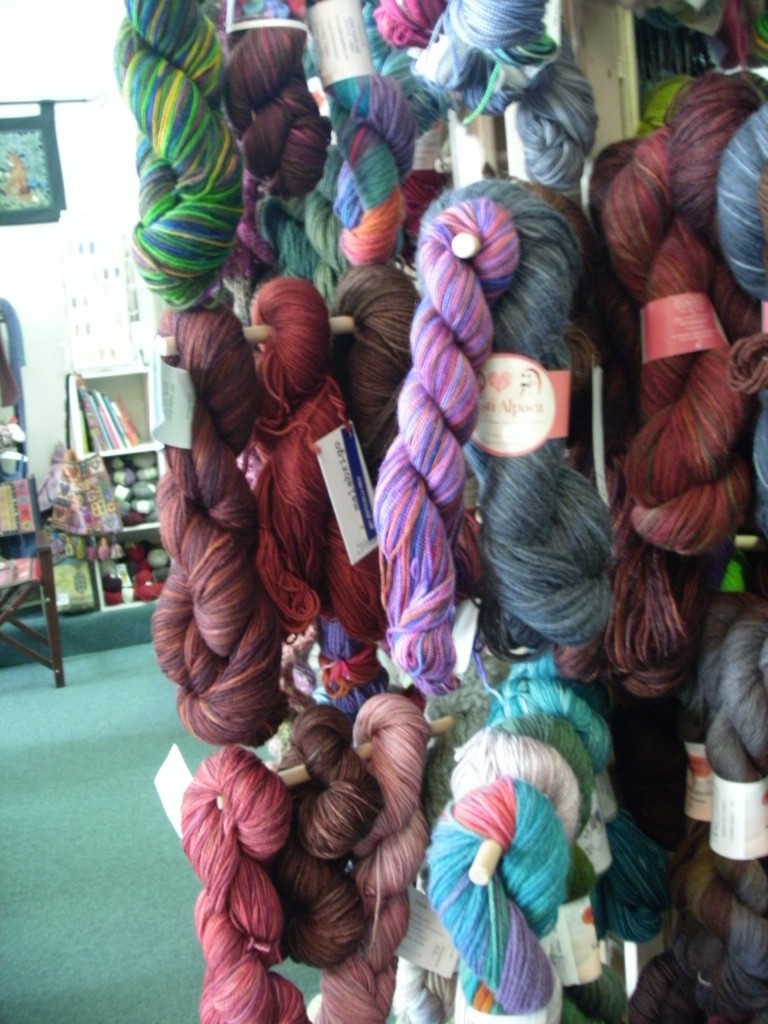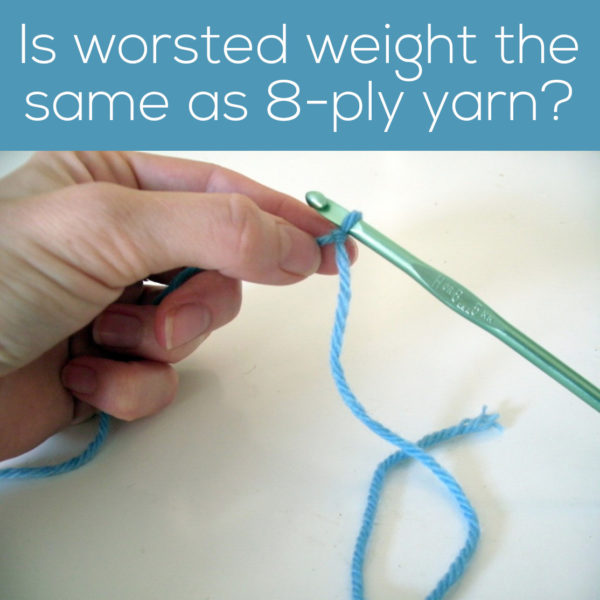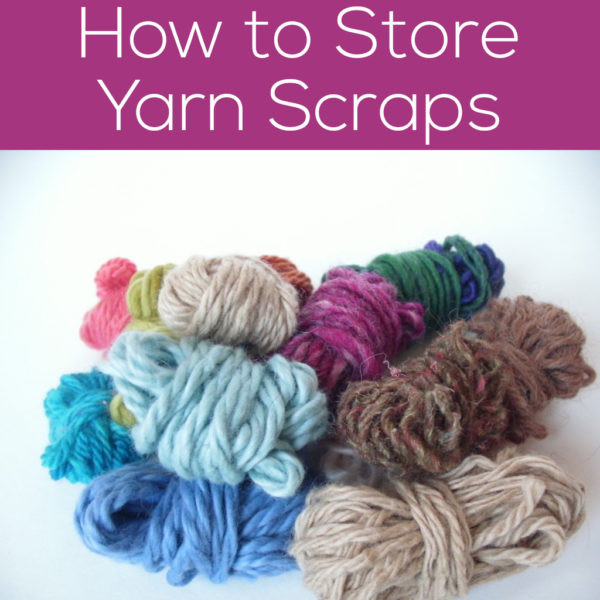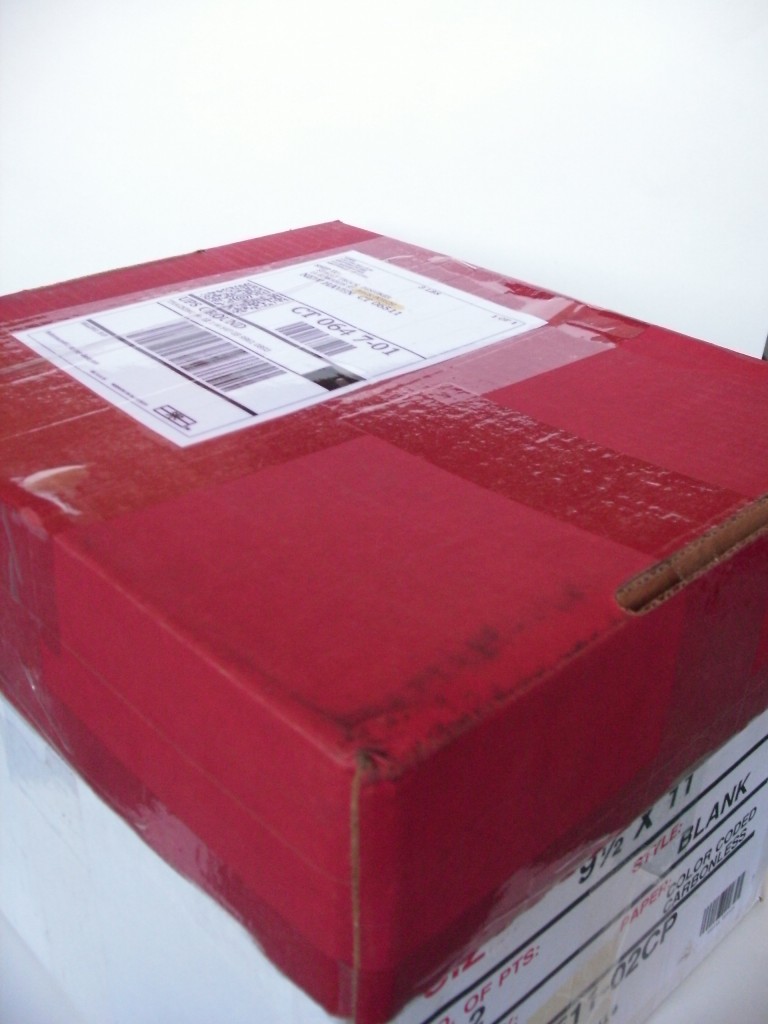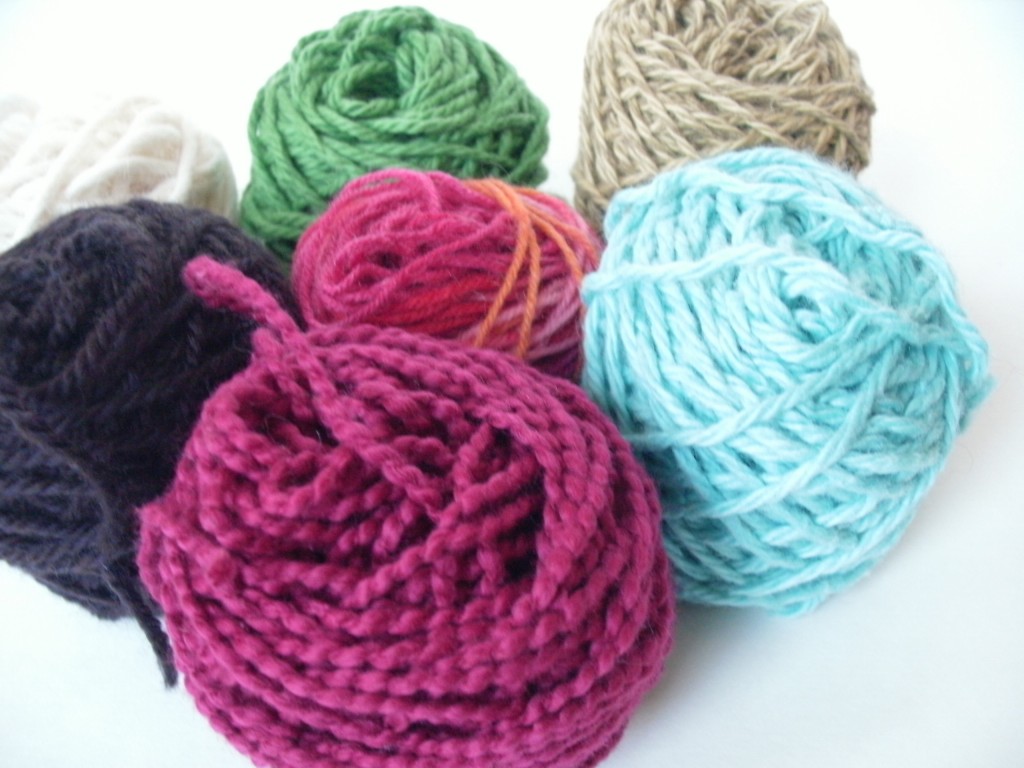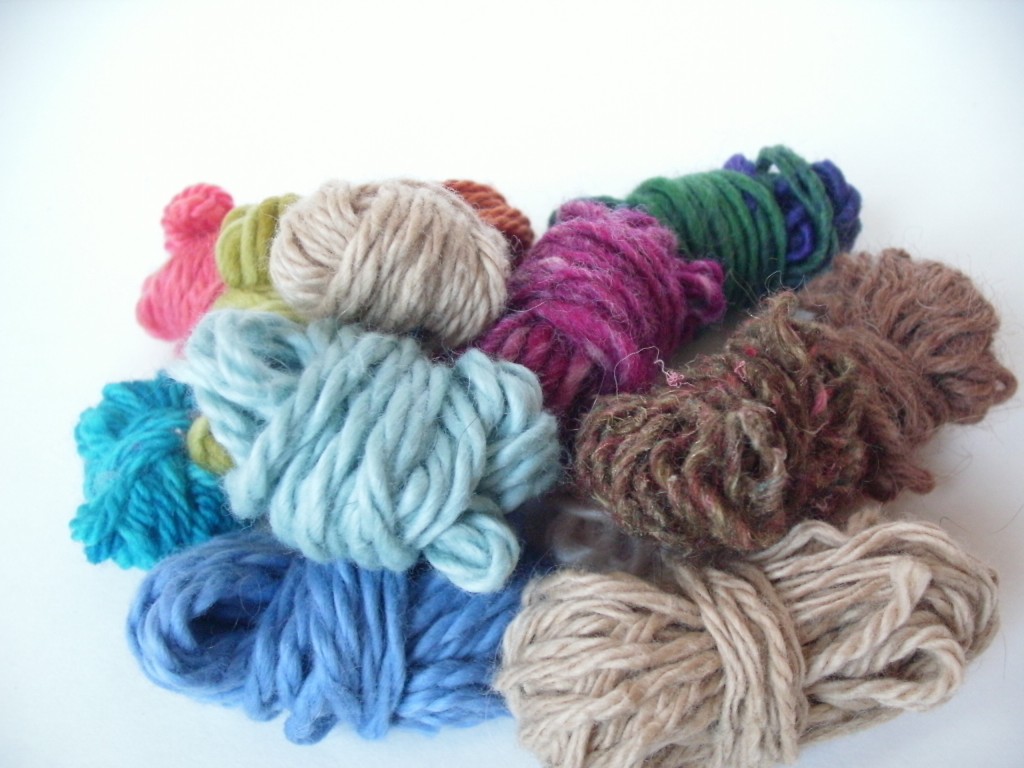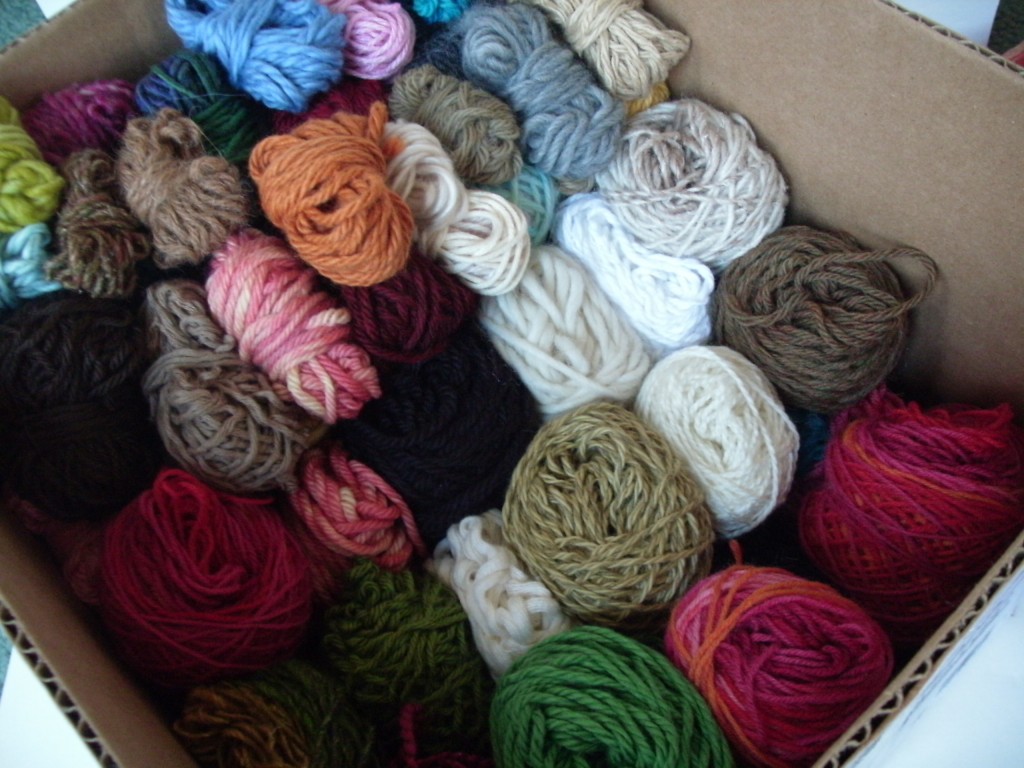Looking for yarn shops in Sydney, Australia? Then this guide is for you!
I’ve spent a fair bit of time in Sydney, and it’s a beautiful and walkable city. I’ve picked four areas of town that are fabulous for walking around and sightseeing – and they also have some of the best yarn shops in Sydney! In this guide, I’ve included yarn stores, craft stores/markets and shops where you’ll find yarn and exclusively Australian wool products.
I’ve sketched some maps… but you’ll want a ‘real’ map as well, since mine aren’t terribly detailed.
Ready? Let’s get started!
The CBD
The CBD (Central Business District) is what Aussies call their ‘downtown’. On any trip to Sydney, you’ll likely find yourself wandering through this district of beautiful buildings and shops. Subway stations are plentiful, but if you’re making a special trip, then Town Hall is probably your best bet for the yarn shops.
1. Morris and Sons, 50 York St. Morris and Sons is a cross between an LYS (local yarn store) and a big box store. They have a couple of stores nationwide and their own brand of (reasonably priced) yarn. They also carry loads of imported fine yarns and have a table for sitting & stitching. Click here to read a full review.
2. Lincraft, 68 York St. Lincraft is comparable to a JoAnn’s or Hobby Lobby in the US: lots of craft goodies, and mediocre (but cheap) yarn. You may not find much yarn worth putting in your suitcase, but it’s amazingly good fun to look around at all the supplies. It’s stocked slightly differently than an American shop (for example, you’ll find a hat-making aisle and kangaroo scrapbooking supplies), so I doubt you’ll walk out empty-handed.
3. Darling Harbour Souvenir shops. Walk west along Market Street, and you’ll head over to Darling Harbour, which is full of souvenir shops. I wouldn’t usually recommend going to these (usually junky) shops, but this is where you’re most likely to find scarves and hats made from possum yarn. Possum yarn is unique to the Australia/New Zealand region (mostly from New Zealand, where they’re an introduced species threatening the native wildlife), and is incredibly warm and soft. It’s very difficult to find the yarn, so a lovely possum scarf might be your best bet.
Other sights. The Queen Victoria Building is the main ‘place to shop’ in the city. Wander a little further to Galleries Victoria and stop by Kinokuniya– a fabulous Japanese book store with an unbelievable selection of craft (and knitting and crocheting) books.
Walk north up George Street, and you’ll end up at our next stop…
The Rocks
The Rocks is sorta touristy, but sorta artsy and hip… and it’s one of my favorite districts in town.
1. The Sheep Shop Okay, you’re going to be mad at me, but I don’t actually know the name of this place! But, it’s a genuine sheepskin store, not some wacky souvenir shop. It’s on the left, and you’ll see it as you’re walking up George Street from Circular Quay (pronouced: Circular KEE). This shop occasionally stocks possum scarves and accessories (see point 3, above) and lots of wonderful sheepiness. Come here for the real thing.
2. The Rocks Market. The market is held every Saturday and Sunday, and is a great source for handmade items. I haven’t yet seen a stall full of handspun yarn, but it would fit right in.
3. Craft NSW, 104 George St. This store is a lovely place full of work made by local artisans. I can’t guarantee it will always be in stock, but I’ve spotted some great local handspun yarn for sale. Click here for a complete review of the shop.
Other sights. Hands down, The Rocks is the best place to have your photo taken with the Opera House in the background. Just walk up to the water and you’ll see what I mean (it’s where I took the photo above). This is also the home of The Museum of Contemporary Art, which is worth a visit if you have the time. On the food scene, you’ll want to check out Pancakes on the Rocks (for yummy crepes) and The Rocks Cafe and have a Kangaroo Burger (the tourist favorite) or a plain ‘ol burger with a slice of Beet (the Aussie classic).
Mosman
Mosman is sorta like the ‘well-to-do’ district: filled with lovely shops and beautiful cafes. To get to Mosman, I’d recommend the ferry from Circular Quay (even though buses do run): it’s a fantastic view of the city!
Mosman is also home to my one of my favorite yarn shops in Sydney: Mosman Needlecraft, 529 Military Road. It’s a well-stocked shop with lots of goodies – and I always like checking out the needlepoint (a rarity in the US)! Click here for a full review.
Other sights. I happened upon in.cube8r Gallery on my last trip there: it’s a great gallery filled with work from local artisans. There was even an amigurumi artist – steal my heart! It’s also worth having a walk up and down Military road, and maybe down a street to get to the water. Beautiful.
Newtown
Newtown is the district right next to Sydney University, and so has a ‘college-town’, hippie feel to it. It’s also home to Sydney’s newest yarn store – A Coffee and a Yarn, which makes it well worth the visit.
I like to walk into Newtown from the city because my in-laws live nearby (City Road turns into King St), about a 45 minute walk end-to-end. If you’d prefer, take the subway to the Newtown station, placing you right next to the yarn shop!
1. A Coffee and a Yarn. This shop opened last year and is as much like an American LYS as I’ve seen in Australia. Classes, tables for sitting, nice yarn and even a coffee bar!
2. The Granny Square. If you’re walking in from the city, you’ll see two yarn shops on your right (one picture, The Granny Square). They weren’t open when I was passing by, but if you’re on a yarn adventure, you might want to make the stop!
Other sights. I love Newtown for its yummy Asian food… and almost every noodle shop you stop into is wonderful! It’s also the place to find some rarer cuisines, like Nepalese food.
It’s your turn!
Planning a visit? Already been? Let me know if you spy any new yarn shops Sydney! I’d love to hear how your trip went!
